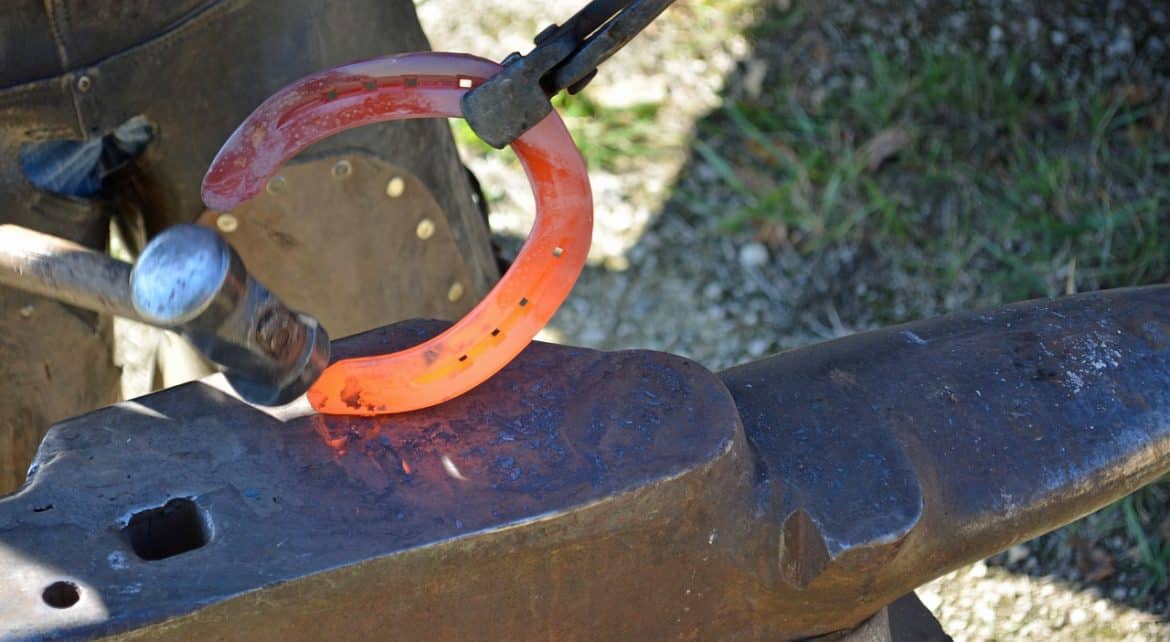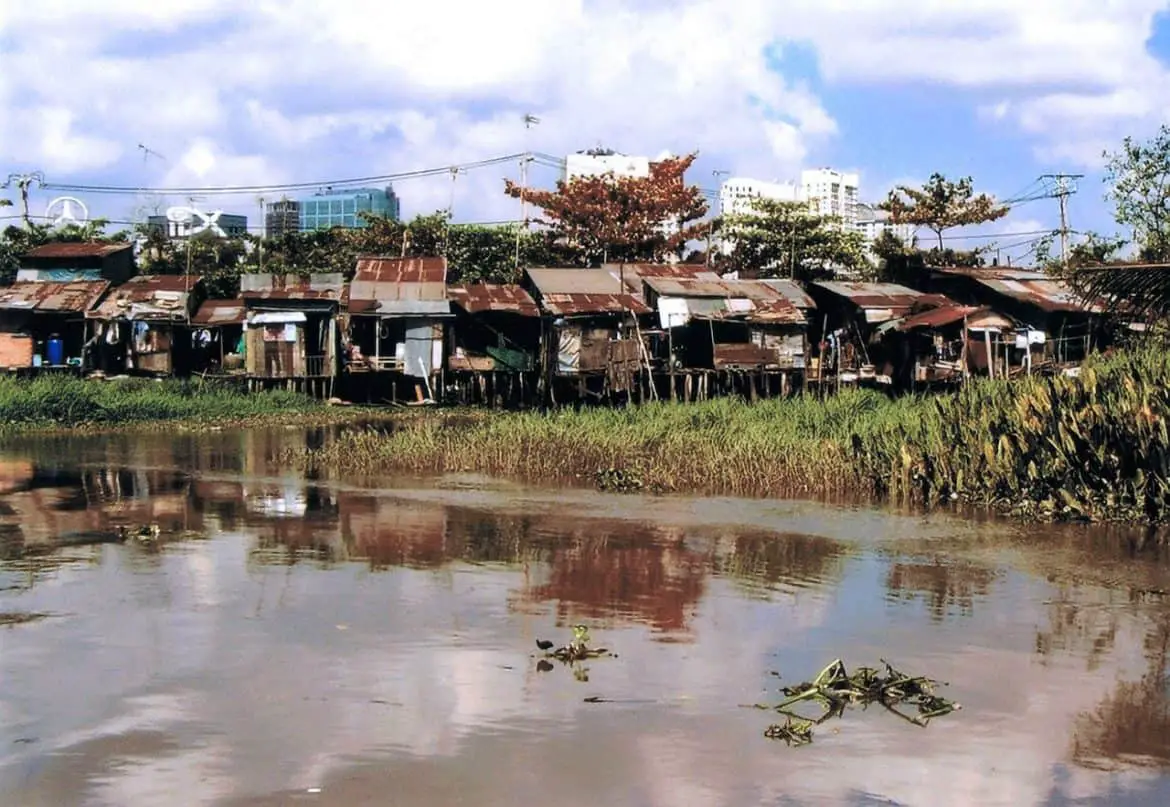This post will show you how to take something you can store and turn it into an approximation of something that does not store well. We will use coconut milk in a can to make “whipped cream” I call it Coconut Whipped Cream. It is not exactly like whipped cream from milk, but it is […]
Month: August 2013
Blacksmithing Color Chart of Steel
This post is another article I made specifically to help me out more than to share information with you. I have a hard time remembering what colors of hot metal means, so I did some research and found several charts to explain. This one was the best for my purposes and came from stormthecastle.com, this […]
Sellier and Bellot 308 Match Ammunition Review
Today I am taking some Sellier and Bellot 308 Match Ammunition to the range to try out in my CETME rifle. Sellier and Bellot has been producing cartridge ammunition since 1825. They produce ammunition using high quality components which is used by hunters, competition shooters, law enforcement agencies and militaries around the world. This ammunition […]
How to Test Soil Test For Clay Content
This post came from several places; Christina Ott and I talked about this on the podcast and I read about it in the Hand Sculpted House. I think Cob construction has some great benefits to preppers and homesteaders, but before you decide that cob is the material you will build with you really ought […]
PRN Episode #31 Steven Wright
In today’s show we interview Steven Wright of 4 Walls International, Steven has earned B.S. in Biological Sciences with an emphasis in Evolution and Ecology from the University of California Riverside (2006) and is co-founder and executive director of 4 Walls International, a California based non-profit that uses abandoned tires and other trash to build […]





